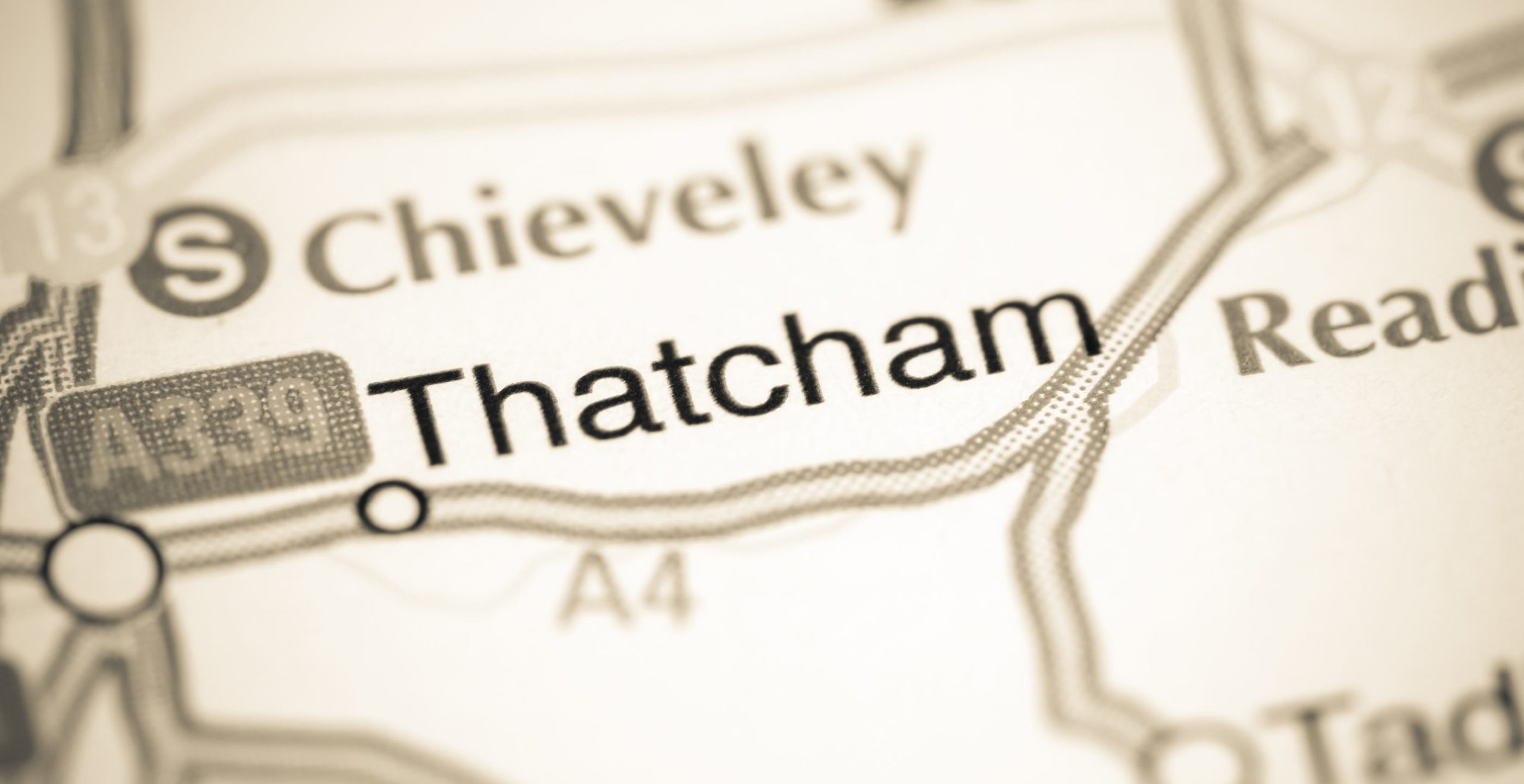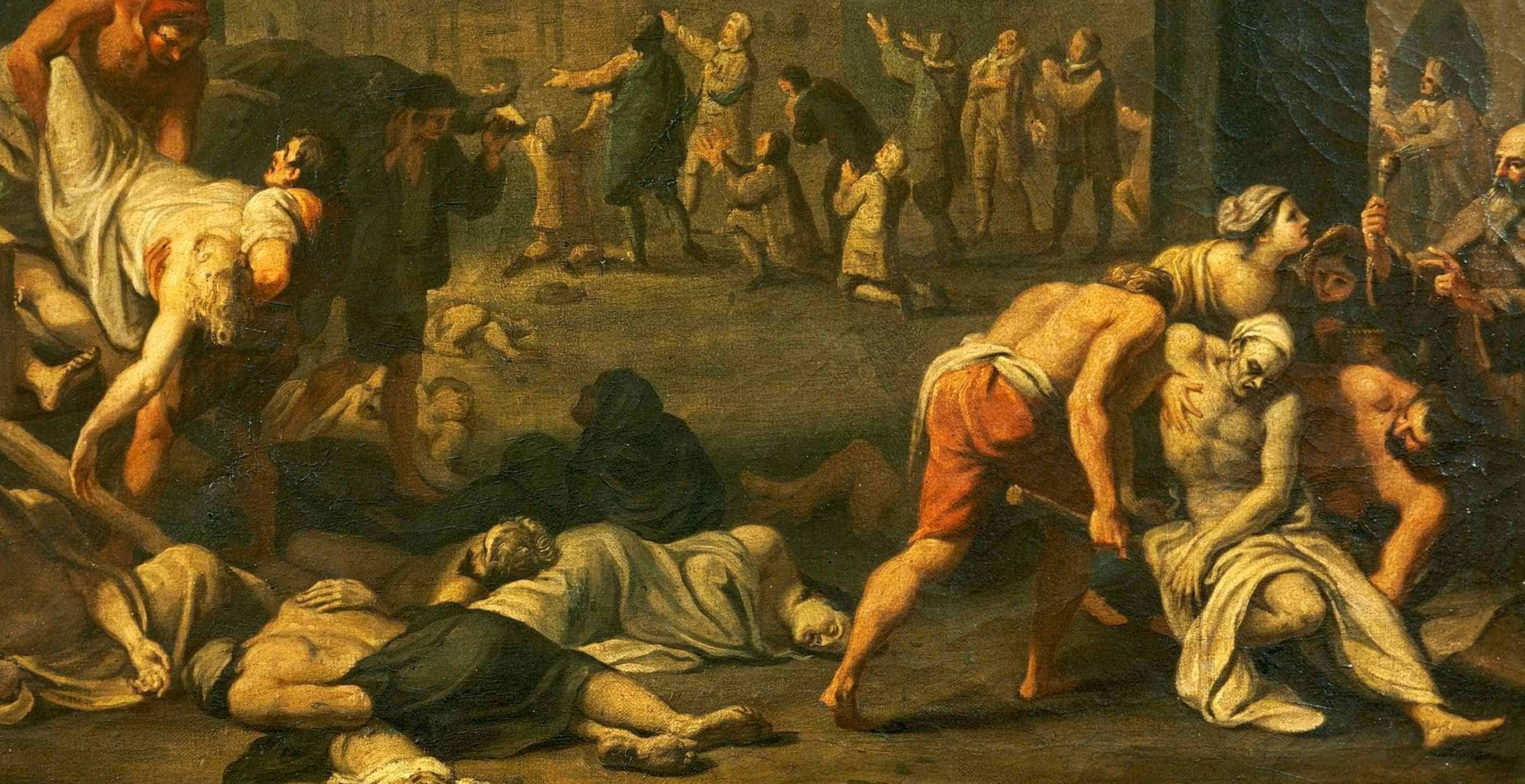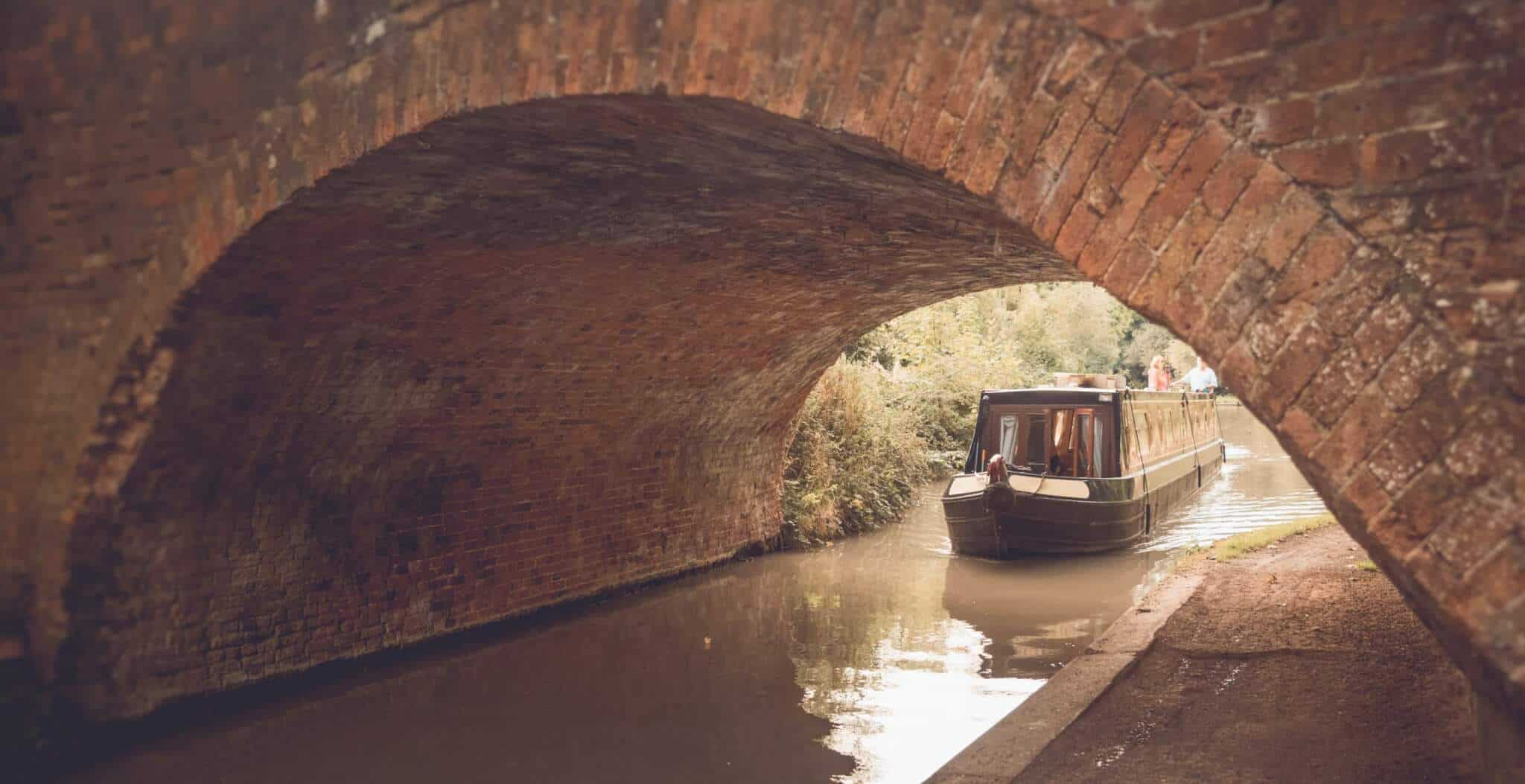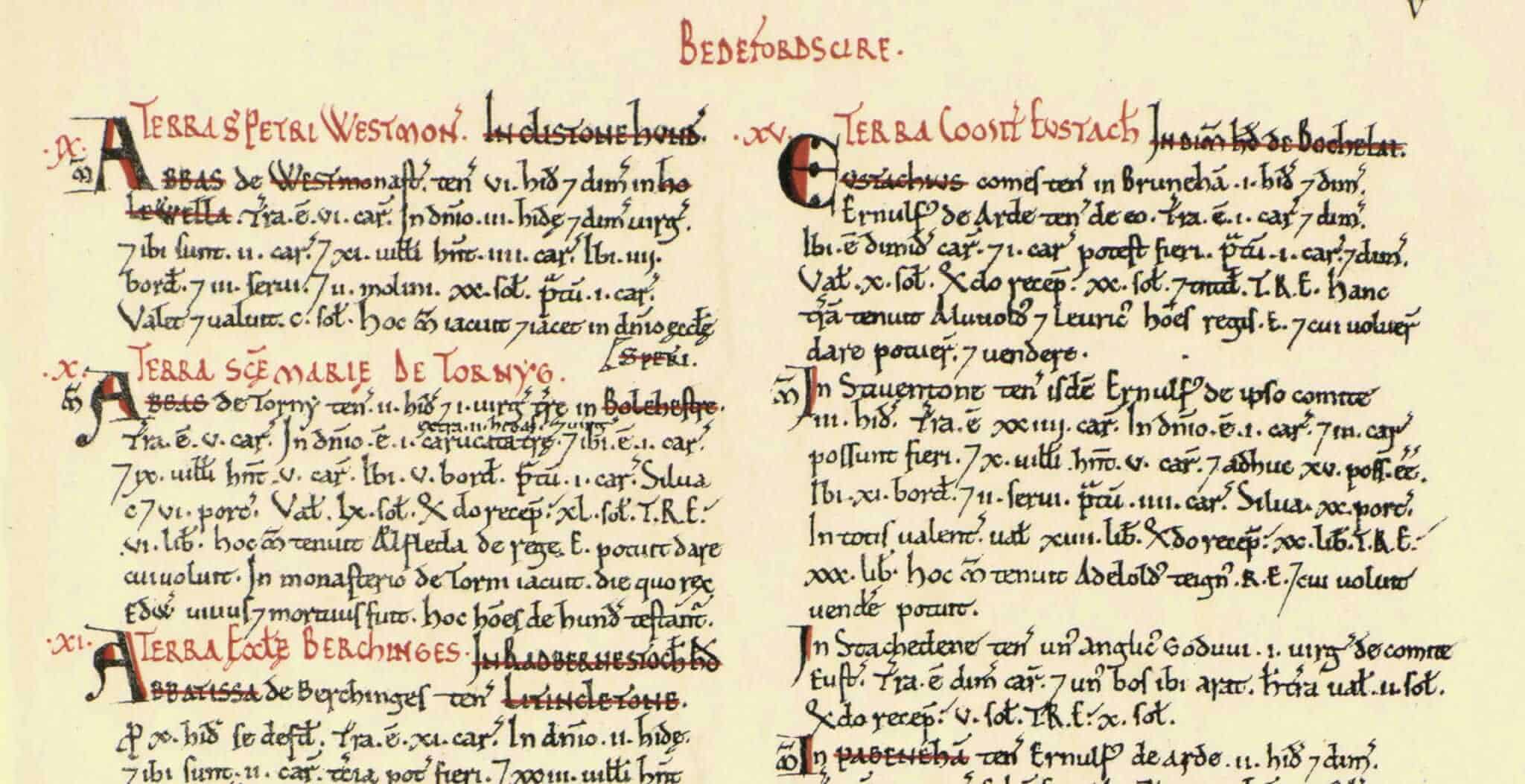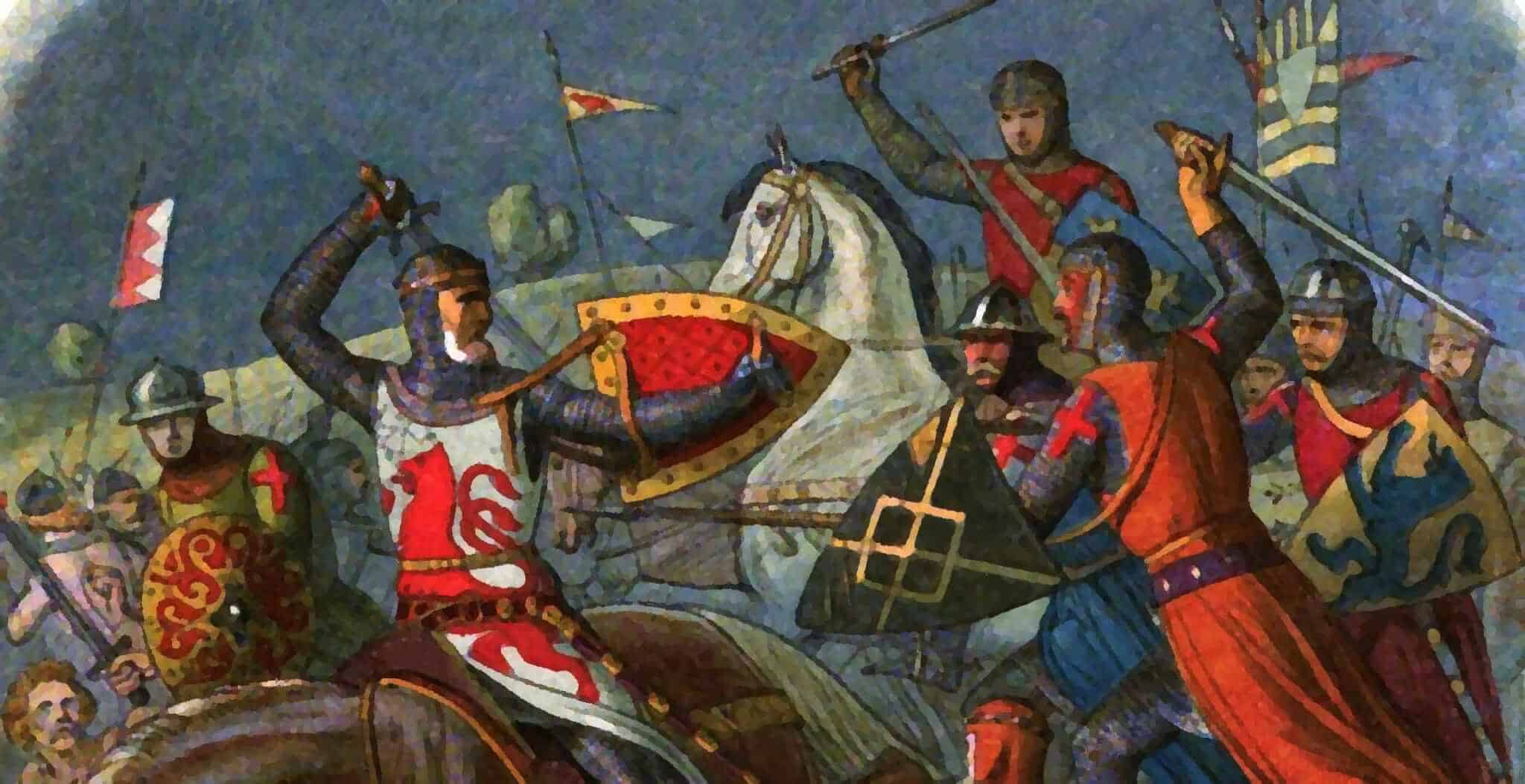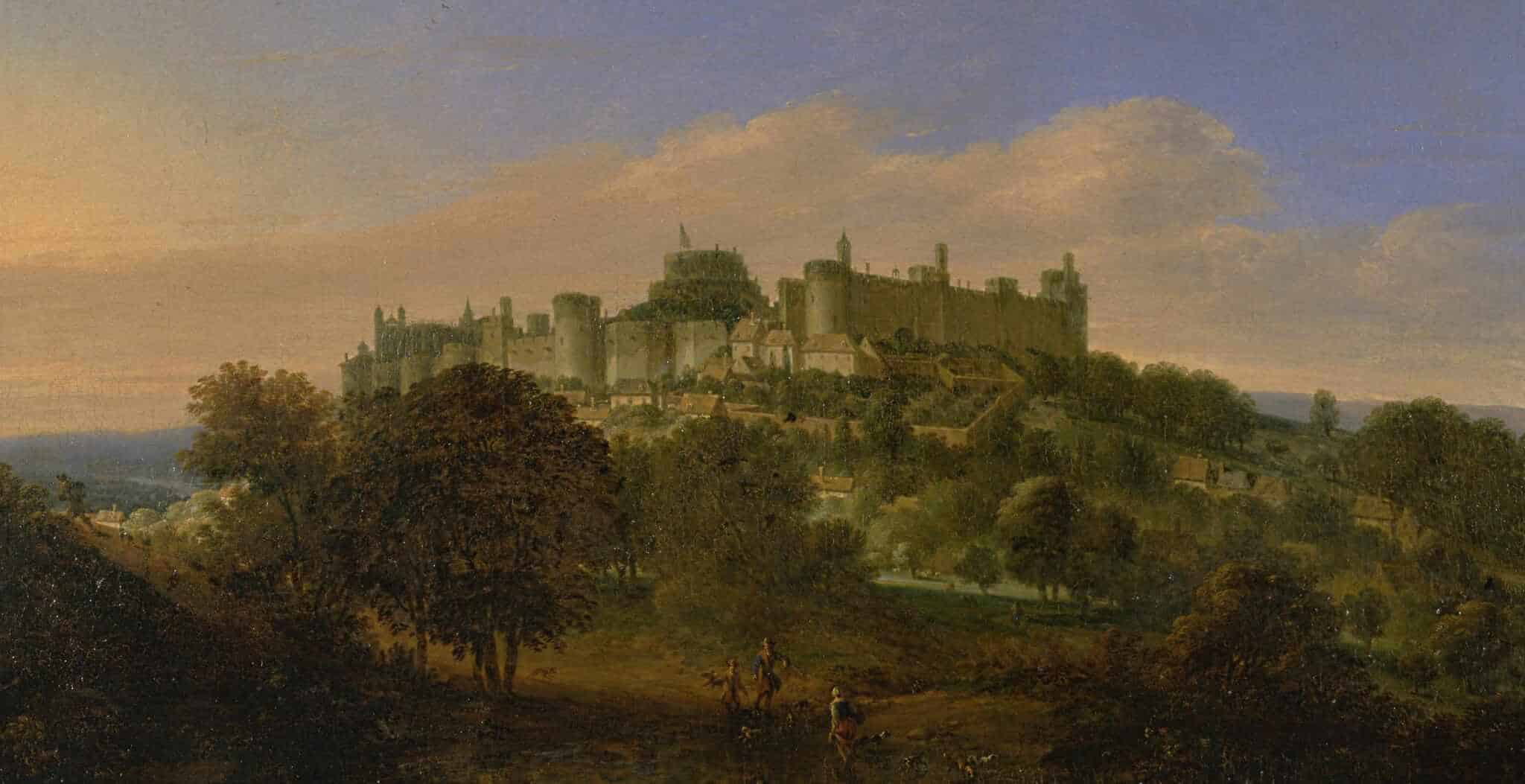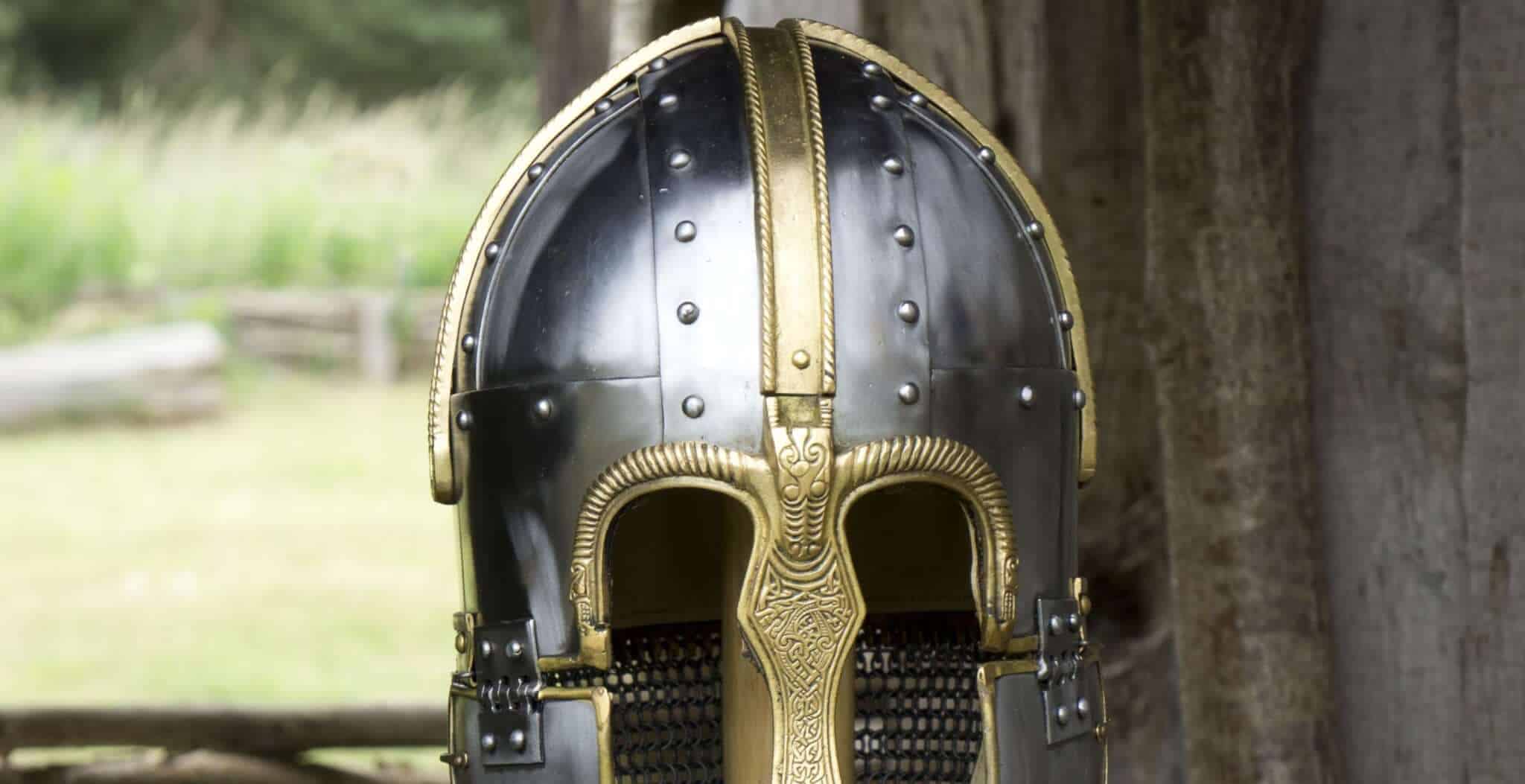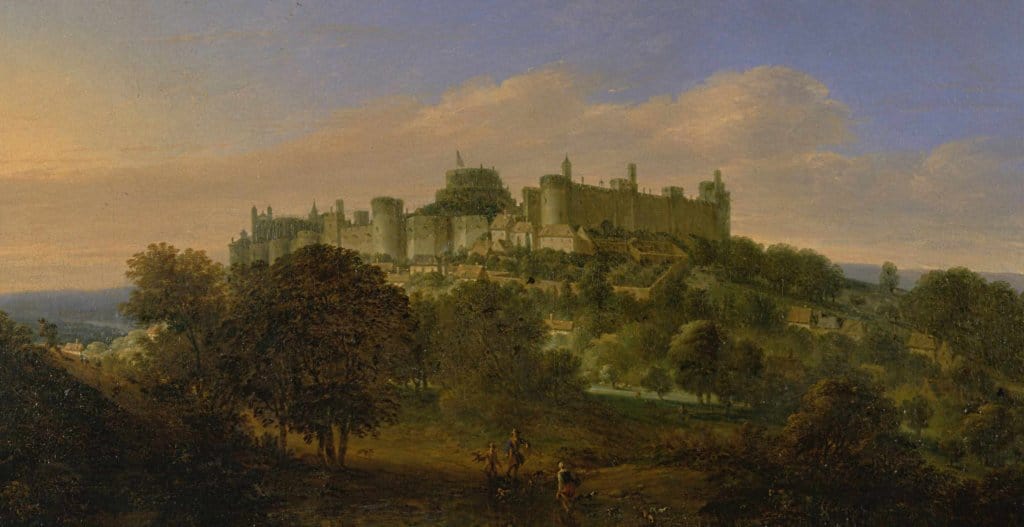Located 54 miles west of London in the Royal County of Berkshire, the quiet town of Thatcham probably comes across as quite unremarkable to many at first glance. After all, Urban Dictionary defines the town as ‘a crappy place in West Berkshire’. Who could disagree with such a charming assessment?
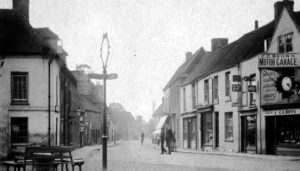
Well, as a lifelong Thatchamite, I do! At the risk of impersonating a cheesy 90s rom-com, I believe it is important to dig beneath the surface to truly appreciate and understand the formation of any settlement and its people and culture. So without further ado, here are five remarkable facts about Thatcham’s most noteworthy heritage and accomplishments to show that it is more than just another sleepy English town.
A Thriving Market Settlement
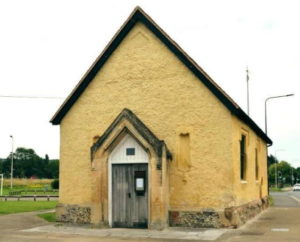 The Old Bluecoat School, formerly the Chapel of St. Thomas the Martyr, taken in 2021.
The Old Bluecoat School, formerly the Chapel of St. Thomas the Martyr, taken in 2021.
By the early 14th century, Thatcham had evolved into a prosperous market community, despite a modest population of only 500 people. Its market had long been the subject of envy from surrounding settlements. This was owed to King Henry II, who issued a royal charter approving the market in 1125. This act prompted townsfolk from Newbury to attack Thatcham merchants and vandalize their stalls in 1160. Those pesky Newburians!
The establishment of the Chapel of St. Thomas the Martyr on the east side of Thatcham in 1304 heralded another major milestone for the town. At the insistence of parishioners and local lord, Sir Richard de Fokerham of Colthrop, the Bishop of Salisbury declared the chapel fit for religious worship. Around the same time, the Abbot of Reading persuaded King Edward I to grant Thatcham the status of a borough, elevating its reputation by permitting further agency to its local government along with special trading rights and privileges.
Thatcham henceforth became one of the four major boroughs of Berkshire, the others being Windsor, Wallingford, and Reading. The chapel delivered services for the next 250 years, before falling into disuse. The Winchcombe Charity then repurposed it into a school for impoverished local boys in 1707. The Grade-I listed building still stands today on London Road and is one of the oldest buildings in West Berkshire.
The Bubonic Plague or ‘Black Death’ brought catastrophe to Thatcham during the years 1348 to 1350. The disease eradicated several other villages across Berkshire. Unlike Newbury, whose cloth trade and population boomed across the 1500s, Thatcham struggled to recover from this devastating pandemic.
But… Thatcham Bounced Back.
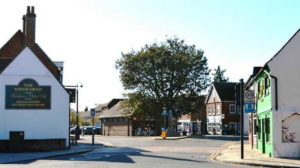 The King’s Head pub as seen from the north side of Thatcham Broadway, taken in 2021.
The King’s Head pub as seen from the north side of Thatcham Broadway, taken in 2021.
It wasn’t all doom and gloom for Thatcham. Advancements in communication and transport technology during the 16th century helped revive the ailing town. A number of stagecoaches stopped at the White Hart and King’s Head taverns on Thatcham Broadway. The very first Royal Mail coach changed its horses at the King’s Head in 1784 with fresh ones provided by innkeeper, Edward Fromont. Both pubs remain open today.
Coaches also frequented Cooper’s Cottage, owned by renowned coach proprietor Thomas Cooper, who organized journeys between Bristol and London. While the inn no longer exists, the street whereupon it once stood still bears the name of its former patron: Coopers Crescent.
Between the years 1718 and 1727, English engineer John Hore spearheaded a ground-breaking project to make the Rivers Kennet and Avon navigable. Another notable feat followed in 1810, when Scottish engineer John Rennie the Elder linked both waterways at Newbury to establish the Kennet and Avon Canal. The canal flows between Bristol and Reading, where it merges with the River Thames which runs onto London. All in all, the canal spans 87 miles across southern England and is formed of 104 locks. Included among these is the Monkey Marsh Lock in Thatcham. This lock is recorded as an ancient monument by English Heritage, due to it being one of only two surviving examples of a turf-sided lock along the entire waterway.
The Industrial Revolution ushered in a range of technological innovations during the 18th and 19th centuries, boosting industry and tourism within all urban centres and rural areas. Thatcham was no exception, witnessing the construction of its own railway station in 1847. The station originally formed part of the Berks and Hants Line which ran from Reading to Hungerford. But from 1906 onwards, it became one of several early lines incorporated into the primary route from London Paddington to the West Country.
While these developments accelerated the decline in canal and stagecoach travel, railways proved to be a cheaper and faster alternative. Both the Kennet and Avon Canal and Great Western Railway constitute an important part of Thatcham’s history and continue to service its residents to this day. Still, that doesn’t mean I’m thrilled about queuing at the railway crossing for a millennia.
A Forgotten Prisoner of War Camp
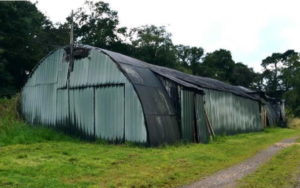 A Nissen hut used by the former Camp 1001 in Crookham, taken in 2021
A Nissen hut used by the former Camp 1001 in Crookham, taken in 2021
During the Second World War, the War Office constructed over a thousand Prisoner of War camps across the United Kingdom. These collectively housed hundreds of thousands of captured German, Italian, and Romanian servicemen. It is known by most that the Military requisitioned Newbury Racecourse during both the World Wars to stockpile munitions and to detain German PoWs. However, another local camp has eluded the same level of attention.
An inspection report published by the UK Foreign Office in February 1947 mentioned a ‘Camp 1001’ located in the village of Crookham, part of the Thatcham civil parish. The site operated as a labour camp for captured German servicemen and remained active from the beginning of the War until its closure in 1948. The camp then fell until ruin, but eventually reverted back to farmland during the 1970s. Some sources cite this camp as being the largest of its kind in southern England. Though, such claims are hard to validate since most official documentation concerning each camps’ existence was lost or destroyed after the War.
The Oldest Town in Britain (?)
Thatcham is frequently celebrated as being the oldest continually inhabited settlement in Britain, hence its inclusion in the 1990 edition of the Guinness World Records. The town has hosted many civilizations including the Romans, Saxons, Vikings, and Normans. Anyone who follows the BBC 2/Netflix series The Last Kingdom (2015-2022) would have seen Thatcham guest star!
The town’s name also features in the Domesday Book, the comprehensive manuscript commissioned by William the Conqueror in 1086 following his successful conquest of Britain. Yet, Thatcham’s origins predate every one of these groups. Traces of seminomadic settlers suggest that Thatcham welcomed its first inhabitants during the Palaeolithic period over 12,000 years ago. Archaeological findings consisting of animal remains, flint and bone tools, and crafting facilities excavated in the vicinity of the present day Sewage Works along Lower Way (of all places), also allude to the existence of an early Mesolithic settlement.
Naturally, other towns have stepped forward to seize this mantle from Thatcham. One contender is the town of Amesbury in the county of Wiltshire, which claims to date back to 8820 BC. It is difficult to determine which of the two settlements, if any, are genuinely the oldest. To no surprise, this remains a matter of heated debate. Thatcham’s definitely the oldest though. But then, I would say that!
Photos by Mirek Gosney
By Mirek Gosney. I am a versatile and highly motivated British-Czech Writer dedicated to publishing engaging and well-researched history content. I also currently work on Film and Commercial sets and have over two years of experience teaching Filmmaking to children and young adults.
Published: 10th January 2022
